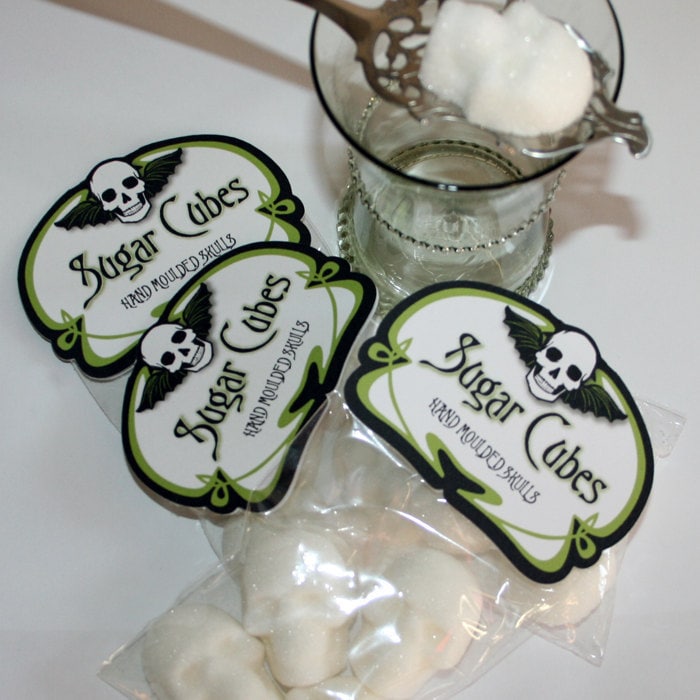

However, an odd thing happened with ‘absinthe as medicine.’ The French soldiers – and there were a lot of them – began to prefer their absinthe over any other spirit. That disease was malaria, and absinthe found enormous popularity in the 1840s as a malarial tonic among the French military which, at the time, was suffering more deaths due to malaria than to enemy fire.Īnd that’s saying something given the conflicts the French were involved during the first half of the 19th century.Īs such, the mere word ‘absinthe’ was at one time a macabre utterance, conjuring images of fevers, hallucinations, seizures, and death.

I’m probably not working any wonders for those misconceptions I mentioned earlier, but bear with me. But where did this all start? Let’s explore.Ībsinth’s history begins with a lethal disease, a disease typified by fevered convulsions and hallucinations, a disease so terrible and agonizing that it would see its patients all but literally ‘waste away’ before they died, often having lost their minds in the process. This reputation or mystique is one that many absinth makers and marketers freely embrace. Picture Faust raising a glass of cristal, or Nine Inch Nails riffing about how ouzo is “The Perfect Drug.” Somehow, featuring pastis in any of the above just wouldn’t have the same impact. So, why the mystique surrounding absinth as opposed to something like arak? Why has absinth featured so prominently in horror and paranormal romance novels as the preferred drink of wizards, warlocks, and ‘the esoteric types?’ Why the cameos in lyrics and music videos ranging from Cradle of Filth’s “Absinthe With Faust,” where it was Faust’s drink of choice, to Nine Inch Nails’ shock-rock era hit “The Perfect Drug?” And that’s just the tip of the pop-culture iceberg surrounding absinth. Viewed in this light, absinth’s combination of anise, wormwood, and ethanol is, truthfully, no more or less ‘peculiar’ than, say, sambuca’s combination of anise, elderflower, and ethanol. Pastis, sambuca, ouzo, raki, cristal, and arak, are just a (very) small sampling of the region’s many, many incarnations of anis-flavored alcoholic beverages. In that regard, absinthe found favor in a region – the Mediterranean coast – that has, historically, indulged a positively unquenchable thirst for anise-flavored ethanol. Though developed in Switzerland, absinthe was popularized in France, particularly Southern France. At its core, absinth is simply an anise-based liqueur.


 0 kommentar(er)
0 kommentar(er)
